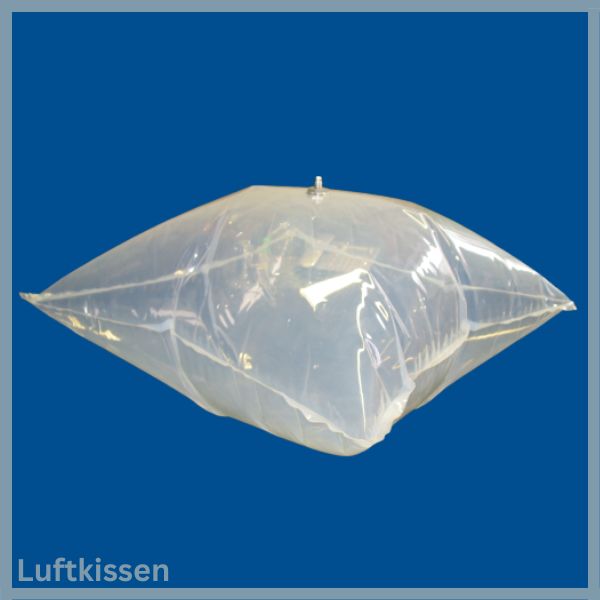English below
Kleine Materialkunde ETFE & PTFE
ETFE
steht für Ethylen-Tetrafluorethylen, einem fluorierten Copolymer, das aus den Monomeren Ethylen und Tetrafluorethylen hergestellt wird.
ETFE ist eine Art von Fluoropolymer, das in seinen chemischen Eigenschaften anderen Fluorkunststoffen wie PTFE ähnelt.
Vorteile von ETFE:
- UV- und lichtdurchlässig
- Hohe Witterungsbeständigkeit
- Schwer entflammbar
- selbstreinigend
- recycelbar
PTFE
steht für Polytetrafluorethylen, einem Polymer aus Fluor und Kohlenstoff. Es gehört zur Klasse der Polyhalogenolefine.
Für den Einsatz im Bau wird Glasfasergewebe mit PTFE beschichtet, um witterungs- und UV-beständige Membranen zu erhalten.
Verarbeitet wird das Material vorwiegend im Schweißverfahren.
Vorteile von PTFE:
- Chemische Beständigkeit
- Schwer entflammbar
- Hohe Festigkeit
- Nicht haftend
- Guter elektrische Isolator
~~~~~~~~~~~~~~~~~~~~~~~~~~~~~~~~~~~~~~~~~~~~~~~~~~~~
Small material science ETFE & PTFE
ETFE
stands for ethylene-tetrafluoroethylene, a fluorinated copolymer made from the monomers ethylene and tetrafluoroethylene.
ETFE is a type of fluoropolymer that is similar in chemical properties to other fluoroplastics such as PTFE.
Advantages of ETFE:
- UV and translucent
- High weather resistance
- Flame retardant
- self-cleaning
- recyclable
PTFE
stands for polytetrafluoroethylene, a polymer made of fluorine and carbon. It belongs to the class of polyhaloolefins. For use in construction, fiberglass fabric is coated with PTFE to create weather- and UV-resistant membranes. The material is primarily processed using the welding process.
Advantages of PTFE:
- Chemical resistance
- Flame retardant
- High strength
- Non-adhesive
- Good electrical insulator
Beispiel für die Qualität unserer Schweißnähte | Example of the quality of our weld seams:
Aus diesem geschweißten Kissen entweicht auch langfristig keine Luft! | No air escapes from this welded cushion, even in the long term!

